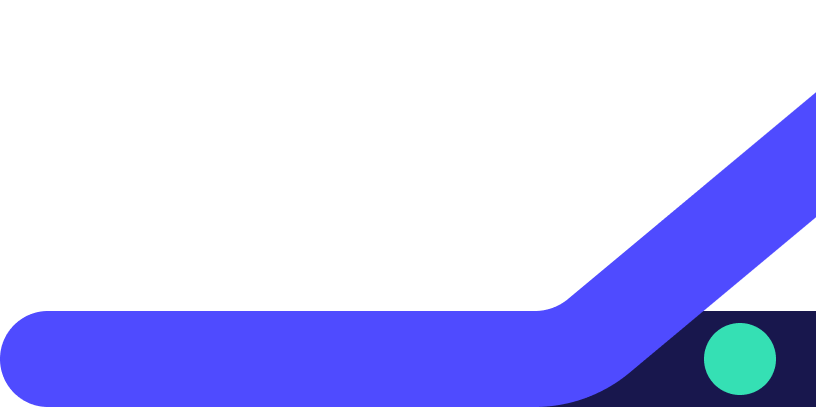7 Enterprise-Grade Lessons from WPP’s Bold Workforce Transformation
.png?width=58&height=58&name=REEJIG_PRIMARYLOGO_SYMBOL_BLUE_RGB%20(1).png)
WPP didn’t add AI to the edges.
They reengineered how work gets done across a 110,000-person workforce.
What started with 55,000 fragmented job titles became a unified, task-level blueprint for the AI-enabled enterprise.
At Reejig, we partnered with them to deliver the infrastructure for that shift—but what matters most are the strategic moves behind the scenes.
Here are 7 real lessons that every executive team should take seriously—direct from the ground floor of WPP’s transformation.
1. Frame Transformation Around Capacity—Not Cuts
WPP’s leadership didn’t lead with fear. They led with potential.
They presented AI not as a reduction strategy, but as a lever to unlock 20–25% more capacity in roles across the business.
“It’s time saved that can be applied to upskilling for more productivity. The goal is more purpose-driven work and better client outcomes.”
— Josh Newman, Global Head of People Strategy & Experience, WPP
Lesson:
If your transformation narrative is cost-first, your people will brace for cuts.
Lead with capacity, not headcount—and show how you’re creating room for growth.
2. Replace Static Job Architecture with Real Work Infrastructure
WPP’s org design was holding them back.
55,000 job titles across 110,000 people. No common structure. No clarity on work.
They built a new infrastructure that connected tasks, subtasks, skills, and tools—enabling real-time workforce decisions.
Lesson:
Static job descriptions can’t support dynamic work.
You need a living system that reflects how work is done today—and evolves as it changes.
3. Fuse Internal + External Data to Power Intelligence
WPP knew internal org charts and tools weren’t enough.
They layered Reejig’s work intelligence data on task-level automation potential with their internal LLM and in-house AI tools—generating validated, task-specific redesigns.
“We fed the company’s own AI tools into the model. That made the outputs immediately useful and trusted.”
— Josh Newman
Lesson:
Insight isn’t intelligence unless it’s grounded in execution.
Merge what you know with what’s possible—and make it usable in the flow of business.
4. Make It Enterprise-Wide. Or It Doesn’t Scale.
WPP didn’t isolate AI to one team.
They evaluated 600 roles, 750 tasks, and 18,000 skills—covering 84,000 employees.
Redesign wasn’t just about one function. It was a systemic shift.
“We cannot begin to answer that unless we understand the implications for the entire workforce.”
— Josh Newman
Lesson:
AI isn’t a departmental tool. It’s an organizational challenge.
Redesign must touch every function—or it won’t stick anywhere.
5. Let Transformation Be Pulled by the Business
WPP didn’t roll this out from the top down.
They started with teams that had a reason to act—media planners, creative, and PR leaders who already saw the opportunity.
That pull created momentum.
“It’s about finding people who have the right perspective.”
— Josh Newman
Lesson:
Don’t force adoption. Go where the urgency already exists.
Let business units validate and lead.
6. Make the Insights Actionable for Leaders
WPP created task-level playbooks matched to actual tools already in use—so business leaders didn’t just get recommendations, they got execution plans.
“The ability to create a playbook for us that is so tactical and explicit—it will be hard to look away from.”
— Josh Newman
Lesson:
If your AI strategy requires interpretation, it’s not decision-ready.
Leaders should be able to act without asking twice.
7. Operationalize It with C-Level Governance
AI transformation at WPP wasn’t left to tech teams.
They identified the need to bring in CHROs, COOs, CFOs, and other C-suite leaders to guide the redesign of work at scale.
Lesson:
AI transformation without executive ownership is just another pilot.
Embed governance where it matters—and move beyond steering committees.
Final Word
Most companies say they want to be AI-ready. Fewer are willing to do the foundational work required to get there.
WPP didn’t “automate around the edges”. They rethought what work is, and redesigned from the inside out. They used intelligence—real, structured, task-level intelligence—to make every role, every decision, and every person count.
That’s the benchmark now. And it’s one every company has the power to meet.. if they start with the work.
Siobhan 💜

